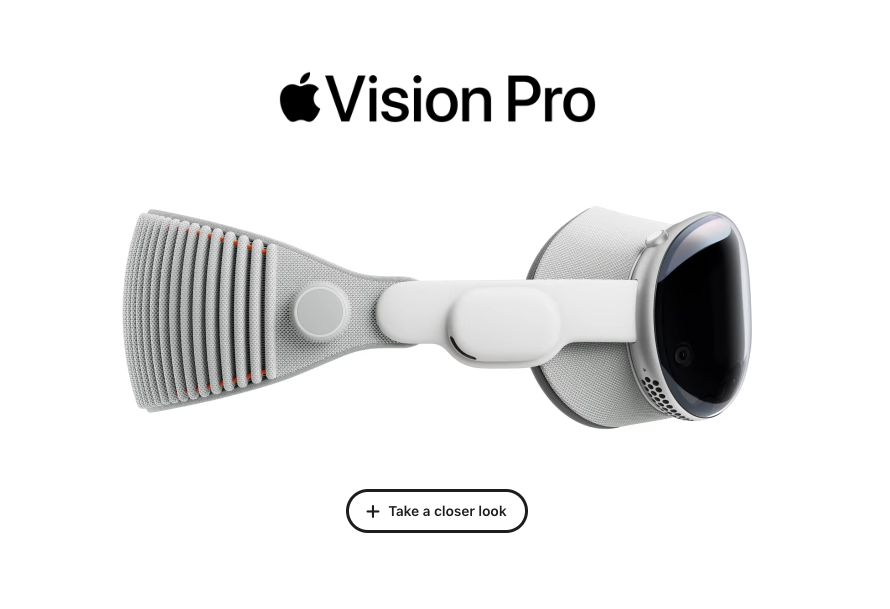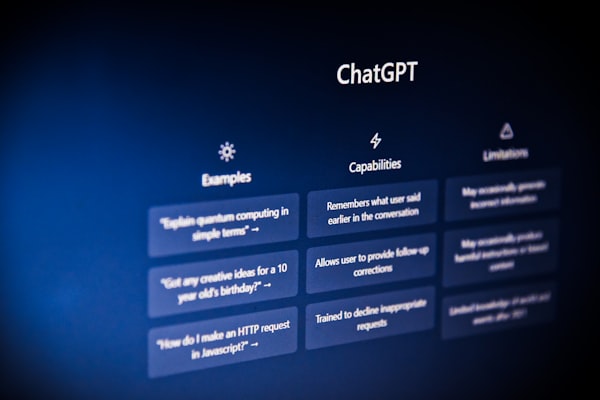Apple Vision Pro: I Tried It, and I’m Not Impressed
Table of Content
The tech world has been buzzing about Apple’s Vision Pro, a headset that promises to blend virtual and augmented reality in a seamless experience. Marketed as a “spatial computer,” it aims to revolutionize how we interact with digital content by creating immersive environments for work, entertainment, and social interaction. As someone intrigued by innovative gadgets, I decided to try it out.
However, after spending some time with the Vision Pro, I walked away less than impressed.
Apple Vision Pro is a mixed-reality headset powered by Apple’s custom M2 chip and a newly introduced R1 chip designed for real-time processing.
The device boasts an ultra-high-resolution display, advanced sensors, and a feature Apple calls "EyeSight," which allows you to see people around you while wearing the headset. It's a futuristic concept, offering capabilities like virtual screen displays, immersive gaming, and realistic FaceTime experiences.
At a hefty price tag starting at $3,499, Apple markets the Vision Pro as the next evolution in personal computing, aiming to replace the need for traditional screens. However, for all its innovation, it failed to deliver on many of its promises—for me, at least.
Why I’m Not Impressed
After trying the Vision Pro, I couldn’t help but feel that the hype overshadowed the reality of the product. Here’s why:
- Overwhelmingly Bulky: Despite Apple’s emphasis on sleek design, the headset felt heavy and cumbersome after just 30 minutes of use. Wearing it for extended periods, especially for work or entertainment, seems impractical.
- Battery Life: With only two hours of battery life when not plugged in, the Vision Pro seems more like a stationary device than something you can comfortably use on the go.
- Lack of Comfort: The strap design, while adjustable, didn’t sit comfortably on my head. Apple claims to have focused on ergonomics, but for a device this expensive, it should feel like a natural extension—not a bulky weight you’re eager to remove.
- Limited App Ecosystem: While Apple boasts about the Vision Pro’s app compatibility, many applications feel like poorly optimized extensions of their iOS counterparts rather than truly innovative AR/VR experiences. The limited library of dedicated apps left me wondering what I was paying for.
- Disconnect from Reality: The EyeSight feature, intended to keep you aware of your surroundings, felt more like a gimmick than a useful tool. I found it distracting, and it didn’t bridge the gap between the digital and physical world as advertised.
And, yet I am not alone!
My skepticism isn’t unique. While some early adopters rave about the Vision Pro’s technical capabilities, many share similar concerns:
- Price Barrier: At $3,499, the Vision Pro is simply unaffordable for most consumers. Many tech reviewers have questioned whether Apple misjudged its target audience.
- Practicality Issues: Critics have pointed out that the Vision Pro feels more like a tech demo than a finished product. The lack of compelling use cases makes it hard to justify such an investment.
- Privacy Concerns: Some users have raised concerns about the extensive data Apple collects via the Vision Pro’s sensors and cameras. While Apple assures users of their privacy, skepticism remains.
The Big Picture
It’s not all doom and gloom—there are impressive elements to the Vision Pro. The display quality is unparalleled, and its spatial audio is a game-changer for immersive experiences. Apple’s integration of its ecosystem is also seamless, making the device appealing for those already invested in the Apple universe.
But these features don’t outweigh its drawbacks. Apple Vision Pro feels like a product made for the ultra-rich tech enthusiast rather than the average user. Its potential is enormous, but its execution left me underwhelmed.
Is it for Epileptic patient?
Apple typically includes warnings in their device documentation about potential risks for users with epilepsy or other medical conditions. It is likely that similar precautions are outlined for the Vision Pro.
It is important to note that, Photosensitive epilepsy is triggered by certain visual patterns, flashing lights, or rapidly flickering images, all of which are common in AR/VR environments.
Possible Risks for Epileptic Patients:
- Flashing and Flickering Lights: Visual effects or transitions in AR/VR content can trigger seizures in people sensitive to flickering lights or specific patterns.
- Prolonged Use: Extended use of AR/VR headsets can lead to visual fatigue, which might exacerbate symptoms in some individuals.
- Immersive Environments: The intense and immersive nature of VR can disorient users, increasing the risk of seizures for those with epilepsy.
- Motion Effects: Rapid movements or visual inconsistencies between virtual and real-world environments might also pose risks.
Recommendations for Epileptic Patients:
- Consult a Physician: Always check with a healthcare provider before using such devices.
- Limit Exposure: Start with short sessions to assess tolerance and avoid prolonged use.
- Adjust Settings: Reduce brightness and disable effects like motion blur, if possible.
- Monitor Symptoms: Stop using the device immediately if symptoms like headaches, dizziness, or unusual sensations occur.
Final Note!
The Vision Pro might be Apple’s boldest leap into a new product category since the Apple Watch, but for me, it’s far from ready to take center stage. The bulky design, limited ecosystem, and astronomical price make it a tough sell.
As a tech enthusiast, I hoped to be wowed, but instead, I walked away questioning whether Apple has lost touch with what its consumers really need. Perhaps future iterations will address these issues, but for now, the Vision Pro feels more like a flashy prototype than the revolutionary device it claims to be.











